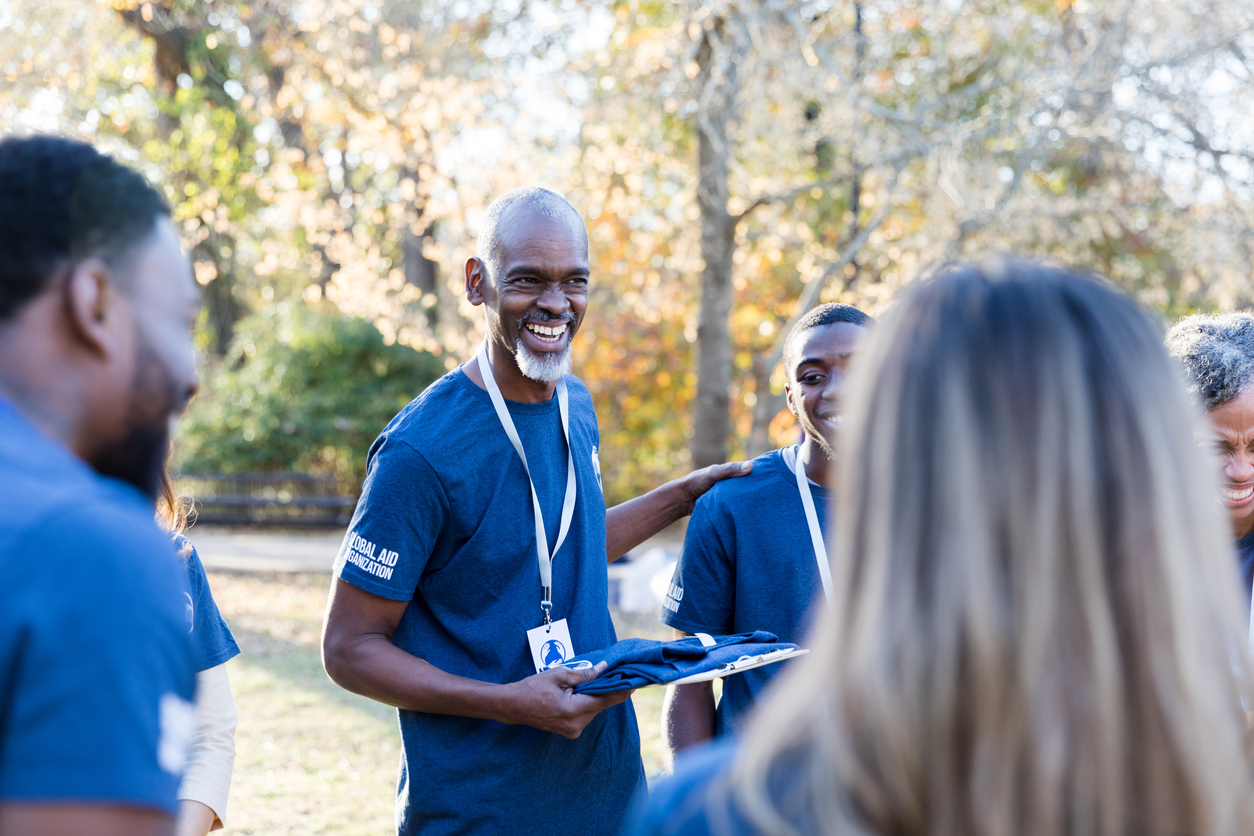What do P2P fundraising events have to do with your board falling in love with fundraising for your charity? Perhaps, more than you think…
What Does Your Board Actually Do?
Let’s start here: Boards are charged with governing in your organization’s best interest. What falls under their purview? Lots! They:
- Hire + support the CEO/ED
- Implement strategic direction and planning
- Enforce policy development and oversight
- Provide regular and constructive feedback
- Ensure the financial health of the organization
It comes down to governance and money, folks! Governance is a massive, and massively important, job. But let’s leave that for now and focus on the money part. An essential part of the Board’s mandate is to help your organization succeed. And to do this, they need to be involved in fundraising. It’s that simple.
The problem is that the fundraising bit is often conveniently left out of the recruitment conversation. The expectation to fundraise might have been in the board package but was it discussed directly with them? Would the Board member have accepted the position if they’d known they’d be involved in fundraising? Maybe, maybe not. But when they walk into the boardroom and are met with an unexpected expectation, if you will, they can be left feeling bamboozled. “No one told me…”
The Board’s Role in Fundraising
So, maybe there are some mismanaged expectations, maybe your Board Chair is a little nervous to bring it up, maybe they’re simply becoming disengaged, or maybe they just don’t know *how* to help in the fundraising department. Either way, in order to be successful as a charity, you need Board members to be:
- Engaging with existing donors (e.g. “thank you” calls to first-time and major donors)
- Introducing the charity to new donors
- Volunteering (e.g. volunteer at events, serve as a table host, etc.)
- Advocating for your organization
- Donating!
If your Board is falling short in these areas, a P2P fundraising event could be the answer.
How P2P Fundraising Events Can Help
If there’s some friction, frustration, or disconnect between the charity and the Board when it comes to fundraising, hosting a P2P event can help you move forward. How? Why? Let’s talk a closer look:
- Gives Them Something Concrete to Do. With a P2P fundraising event, the ask is clear and simple. The Board member knows exactly what to do (i.e. walk + fundraise, host a table, etc.), what the event will look like (walk-a-thon, garden gala, etc.), and what the experience for those in their network would be. They can trust, believe, buy in, and act.
- It’s a Finite Request. Your event has a beginning and an end, both of which are clearly marked. Board members can see the finish line and understand what they need to do to help get the organization across it.
- Provides Them With Multiple Opportunities to Engage. P2P events provide a variety of onramps for Board members to get involved. They can register as a team captain, participate in the event, recruit team members, ask friends and family to donate, give to themselves and others, sponsor the event if they own a business, or volunteer at the event (although, a more direct fundraising role is preferred). These simple but well defined roles help them know what to do and gives them different options to choose from. It’s no longer a “donate-or-nothing” conversation.
- Builds Trust. When your Board members witness your charity putting on a professional event, it builds trust.
According to fundraising expert Larry Matthews of KMA Consultants, one of the biggest impediments to Board member engagement with fundraising is that, “they don’t trust your charity to take care of their people.” (I know! We were surprised too!).
When they see your P2P event—an event that looks effortless, smooth and seamless— with terrific signage, a down-pat registration process, intuitive online experiences, and, of course, cool swag, they start to “get it.” When the Board knows that the experience will be polished, professional, and positive, they trust that they can send their people to you and/or ask them to donate.
- Turnkey and Low Risk. “Turnkey” and “low risk” are music to a Board’s ears! A professionally managed P2P fundraising event can create buy-in from a big picture standpoint.
So, all that to say: If your Board is not as involved in fundraising as you’d like – and as you need – them to be, hosting a P2P fundraising event may be the answer you’re looking for.


